The Igbo Landing – Story Of Igbo Slaves Who Rebelled Against Slave Traders And Committed Mass Suicide In U.S.A., 1803
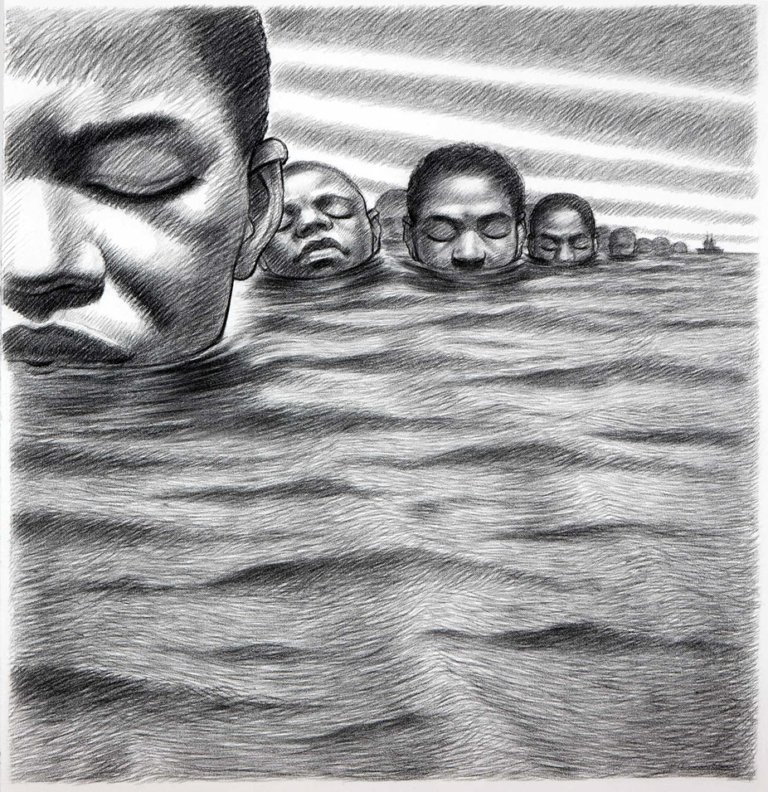
Countless accounts of terrifying and dehumanizing events that happened during the slave trade era have been passed down from generations to generations; accounts of irrational cruelty, starvation, resistance, mass killings and suicide. The story of the Igbo landing is another tear-evoking account of resistance to slavery by the Igbo slaves from present-day Nigeria off U.S. coast in 1803.
What Is The Igbo Landing Or Ibo Landing?
The Igbo landing, also written as ‘Ibo landing‘ or ‘Ebo landing‘, is a historic site at Dunbar Creek on St. Simons Island, Glynn County, Georgia, U.S.A. where dozens of Igbo slaves took their own lives in a resistance to the cruelty of slavery in 1803.
In May, 1803, a ship named the wanderer, just like other slave ships, conveyed slaves from Africa to America. Among these slaves were set of Igbo people who were known by the then slave traders of the American South for being fiercely independent and unwilling to tolerate chattel slavery. The Igbo slaves were bought by the agents of John Couper and Thomas Spalding at $100 each for forced labour on their plantations in St. Simons Island, U.S.A.
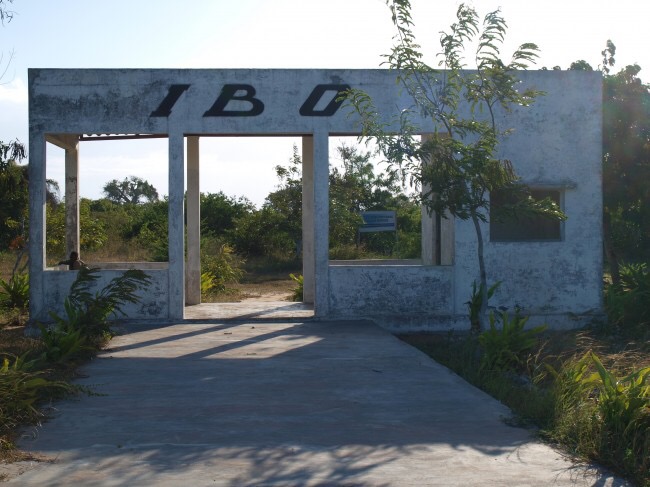
When the slave ship landed in Savannah, Georgia, the chained Igbo slaves were reloaded and shoved under the deck of a coastal vessel named the Schooner York (some accounts claimed the vessel name was Morovia) which would take them to St. Simons Island. It was during the voyage that the group of Igbo slaves numbering about seventy-five rebelled against their captors and forced them to plunge into the water where they drowned. The slaves successfully regained their freedom but it was of no use since they were already out and far away from Africa, and so, on the order of a high chief who was also a captive, they sang, marched ashore and then into the marshy waters of Dunbar Creek where they drowned themselves.
According to Professor Terri L. Snyder, “the enslaved cargo suffered much by mismanagement, rose from their confinement in the small vessel, and revolted against the crew, forcing them into the water where they drowned”.
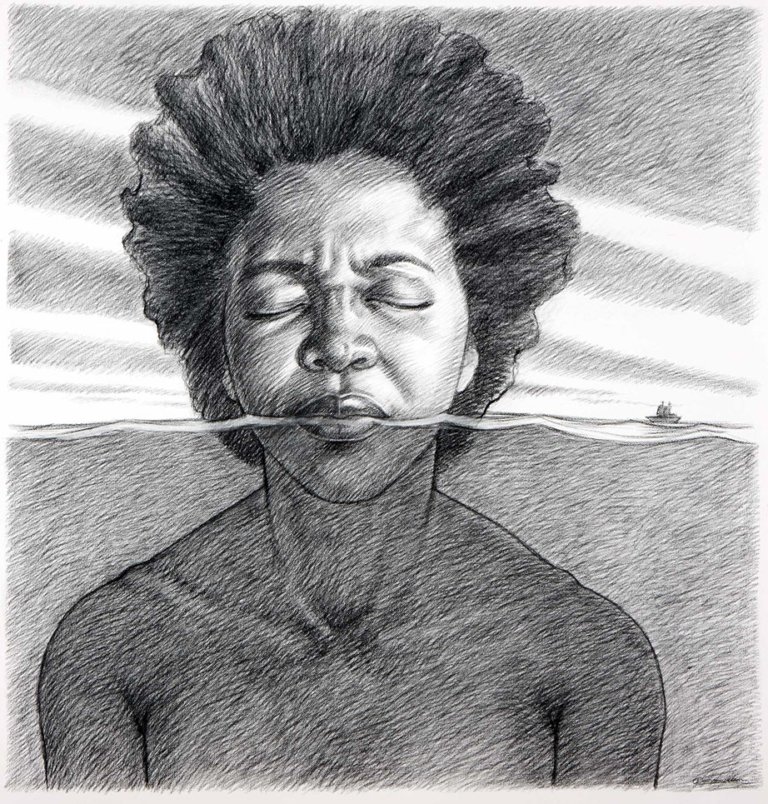
A white man, Roswell King, who was an overseer on a plantation known as Pierce Butler plantation was the first to record the incident at the site now known as the Igbo landing. Roswell and another man, Captain Peterson, recovered thirteen bodies of the drowned Igbos while others bodies were lost forever in the water. OldNaija gathered that some of them might have survived the suicide episode and this make the actual number of deaths in the Igbo landing uncertain.
“Regardless of the numbers, the deaths signaled a powerful story of resistance as these captives overwhelmed their captors in a strange land, and many took their own lives rather than remain enslaved in the New World. The Igbo Landing gradually took on enormous symbolic importance in local African American folklore”. – Momodu, Samuel
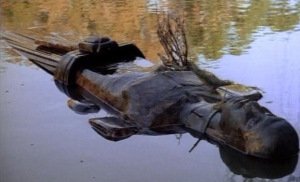
People in the U.S.A termed the resistance and suicide by the Igbo slaves the first freedom march in the history of Africa and the United States. Local people claimed that the Landing and surrounding marshes in Dunbar Creek where the Igbo people committed mass suicide in May, 1803 were haunted by the souls of the dead Igbo slaves.
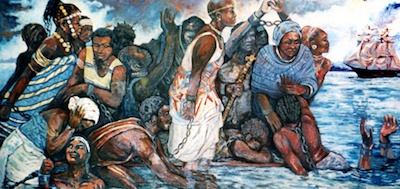
In September, 2012, the Igbo Landing site was designated as a holy ground by the St. Simons African American community. The Igbo Landing is also now a part of the curriculum for coastal Georgia schools.
In recent times, many artists, songs, movies and others have paid tribute to the Igbo landing/ Ibo landing. A notable tribute is found in the ending part of Marvel’s comic movie, Black Panther, where Killmonger, played by Michael B Jordan, refer to the event by saying, “Bury me in the ocean with my ancestors who jumped from ships, ’cause they knew death was better than bondage”. Beyoncé also was not left out in the tribute paying as she portrayed the incident in of her music videos.
Thanks for reading, oldnaija.com
If you read this to the end, you should have found it interesting and so kindly drop a comment below and share on social media.
References:
- Marquetta L. Goodwine, The Legacy of Ibo Landing: Gullah Roots of African American Culture (Atlanta: Clarity Press, Inc., 1998)
- Igbo Landing,” Glynn County, Georgia History and Lore
- Igbo Landing May 1803 a Symbol of African Resistance – New Afrikan 77
Questions? Advert? Click here to email us.




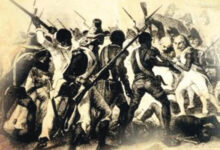
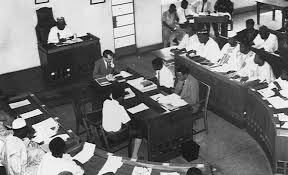

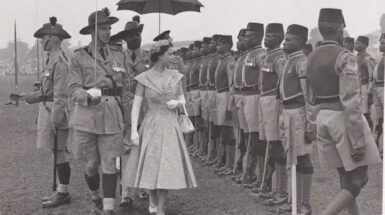

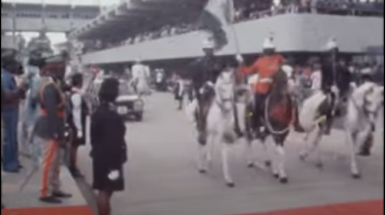
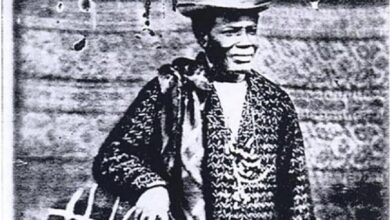

Hey stumbled on your blog today, interesting historical facts . Most people dont know about the lucumi people in Nigeria and the story about Calota .well done .
We are glad you love what we do at OldNaija, Mr. Tunde. Thanks for the visit and your comment. Of course, few people know about Lucumi people in Nigeria and it is one of our pledges to spread the word. Kindly do check back.
What a pathetic story!